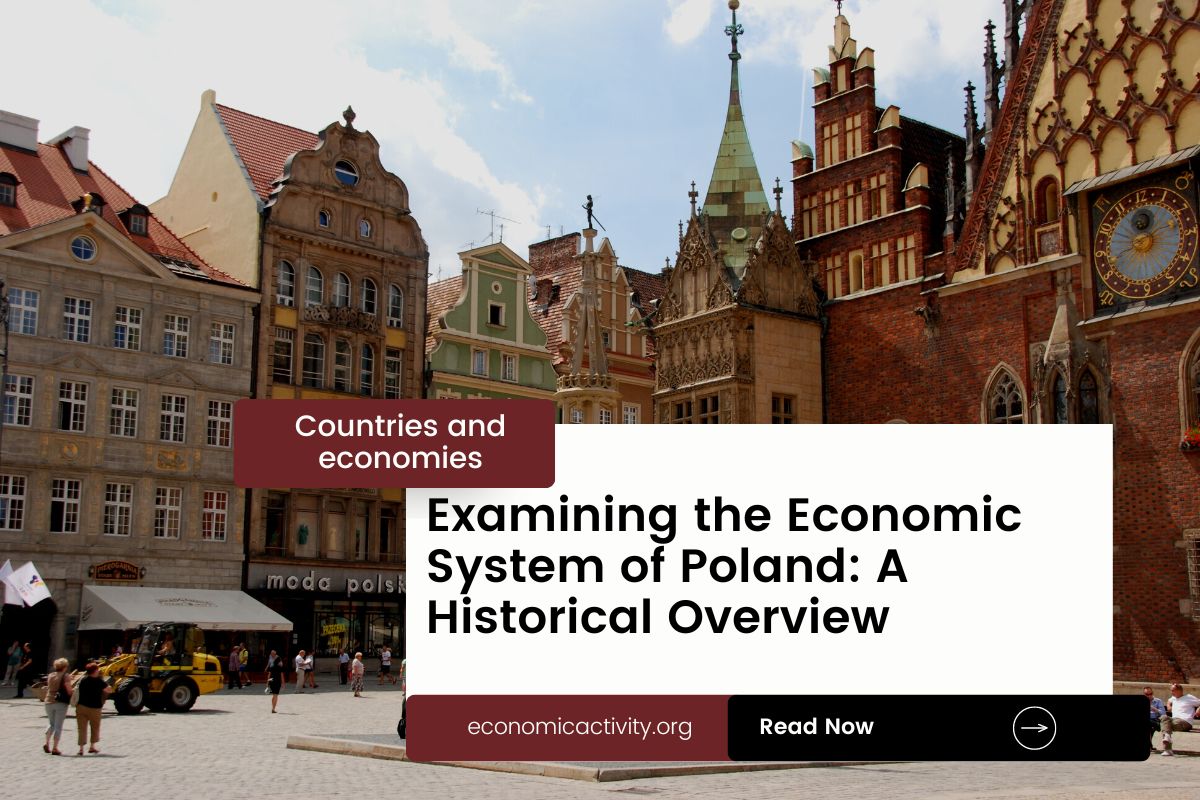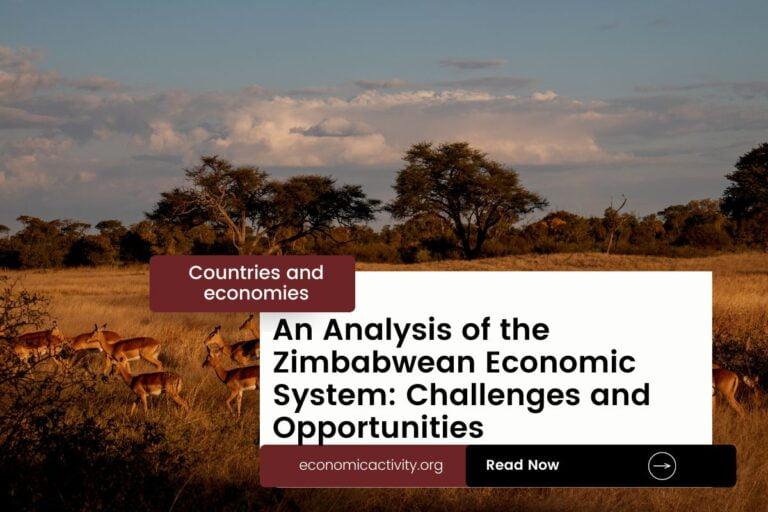What is the economic system of Poland? The economy of Poland is based on a mixed economy. The country’s economic system combines elements of a market economy and a planned economy.
Poland’s economy is diversified with major sectors such as manufacturing (automotive, aerospace, electronics), services (banking, tourism, IT), agriculture (cereals, dairy, meat), and mining (coal, copper). It has a skilled workforce, a strategic location in Europe, and a growing tech industry.
In Poland, the economy is composed of a private sector, consisting of individuals and businesses that make autonomous decisions based on self-interest, and a public sector, where the state determines the production and distribution of certain goods and services. No country is purely capitalist or purely communist.
What do the freedom indexes tell about the economic system of Poland?
Now, to determine if a country is mostly a market economy or a planned economy, it is useful to examine some economic indexes. For instance, according to the 2022 Index of Economic Freedom, which measures the ability of every human to control his own labor and property, Poland is ranked 39th globally and 25th in Europe indicating that the country has a moderately free economy.
In a similar way, the 2022 Freedom House index evaluates the state of political rights and civil liberties globally. Generally, market economies tend to align more with democracy and freedom, while command economies tend to be characterized by greater state control and fewer democratic and civil liberty protections.
Poland gets a score of 81/100, which qualifies it as Free. Poland is a country where the government does not control what people do for political reasons, and people have the freedom to choose (what, how much, and how to produce, whether to buy or not, selling price, etc.)
The Link Between Public Sector Employment and the Economic System of Poland
An indicator of the extent to which the State is involved in the economy is the number of public sector employees. In Poland, according to ILOSTAT, the number of public sector employees as a percentage of the total workforce is 23.6% (2019). In the country’s mixed economy, the number of public sector employees as a percentage of the total workforce varies based on the specific policies and practices adopted by the State.
Some economic activities are left to the private sector while others are under government control. The bigger the public sector the closer the economy is to being a command economy.
What do the biggest companies in Poland say about the country’s economic system?
The biggest company in Poland should also be looked at, as well as whether it is a state-owned or private company. In this case, PKO Bank Polski is Poland’s largest bank, providing retail, corporate, and investment banking services. Founded in 1919, it is one of the oldest banks in the country. The company is listed on the Warsaw Stock Exchange and is owned by multiple private shareholders.
More: Biggest companies by revenue in Poland
The historical factors that have influenced the economic system of Poland
The mixed economy system of Poland in the last century was caused by a combination of factors, including the transition from a centrally planned economy to a market-based system, the influx of foreign investment, and the adoption of free-market policies. These changes have allowed for increased economic growth and development, while also providing greater economic freedom and opportunity for the Polish people.





Leave a Reply